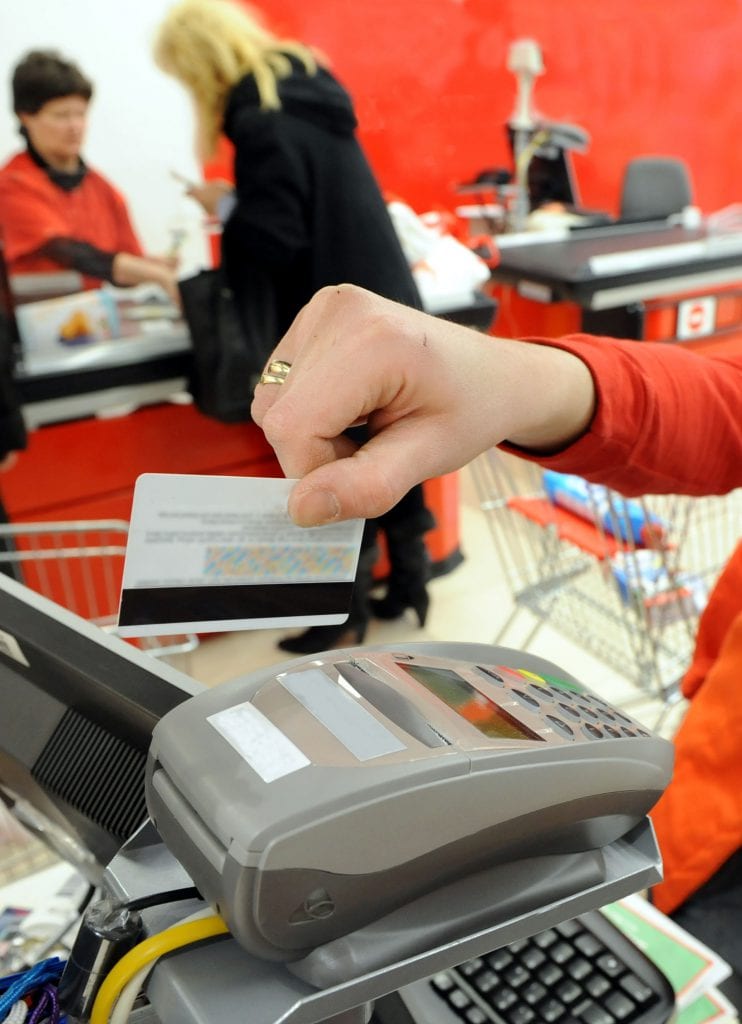Anyone closely observing the payments industry in recent years understands that predictions don’t always pan out. For example, pundits who regularly forecasted that consumers would wholeheartedly embrace mobile payments have been off the mark for several years now. Others who hailed the arrival of bitcoin and claimed it would soon become mainstream have had to reconsider.
Social media constitute something of an enigma because they really are a mixed bag. You have a range of social media channels from Twitter, Whatsapp and Pinterest to Facebook, WeChat, Snapchat, and more. We already know that the insertion of a “Buy” button on its own did not serve as powerful enough incentive to boost purchases on Twitter Payments.
One of the most interesting developments that we witnessed in 2016 was the growing popularity of P2P type platforms. The widely-used Chinese WeChat offering is a prime example of how users can be kept permanently engaged on a messaging platform. This comprehensive P2P-based ecosystem enables users to pay other people, buy tickets to a play, book a doctor’s appointment and check their bank balance. In effect, it is a huge app that contains many other apps.
The classic social media structure may not have been able to drive sales but messaging apps are a totally different ballgame. We have witnessed triple-digit growth in the use of messaging apps during the past two years, and they now offer more extensive services than mutual communications, including payments and games.
Facebook’s chat bots are still at the initial development stage, and time will tell if they will be a resounding success. Nevertheless, there can be no doubt that the future lies in platforms capable of offering both messaging and P2P capabilities, mainly because this kind of structure offers a win-win situation for both the merchant and the consumer. The merchant has access to a large user base which he can exponentially grow, thereby leveraging his customer base to proliferate services across borders. As the consumer’s data is on file, there is no need for the buyer to enter any payment details. This makes the shopping experience virtually effortless, with no checkout stages to slow down the momentum.
Most payment experts would agree that users have been disinclined to use multiple mobile apps because they never offered a significant advantage over the use of good old plastic. But who could doubt that buyers will embrace a system that enables a prospective customer to interactively chat with the merchant, choose an item based on live consultation, and pay instantaneously without providing any financial details? It will be interesting to see how this emerging shopping paradigm will evolve in 2017.
